Research + Teaching Anthology
This site is dedicated to disseminating my research, architectural investigations, and the ways in which my approach to architecture influences my approach to teaching. Enjoy!
Please pardon my mess as I am currently in the process of renovating the site and its contents. Hopefully, I will be able to have everything pieced back together soon.
In the meantime, please enjoy my Instagram journey through the architecture of the greater Phoenix Metro area.
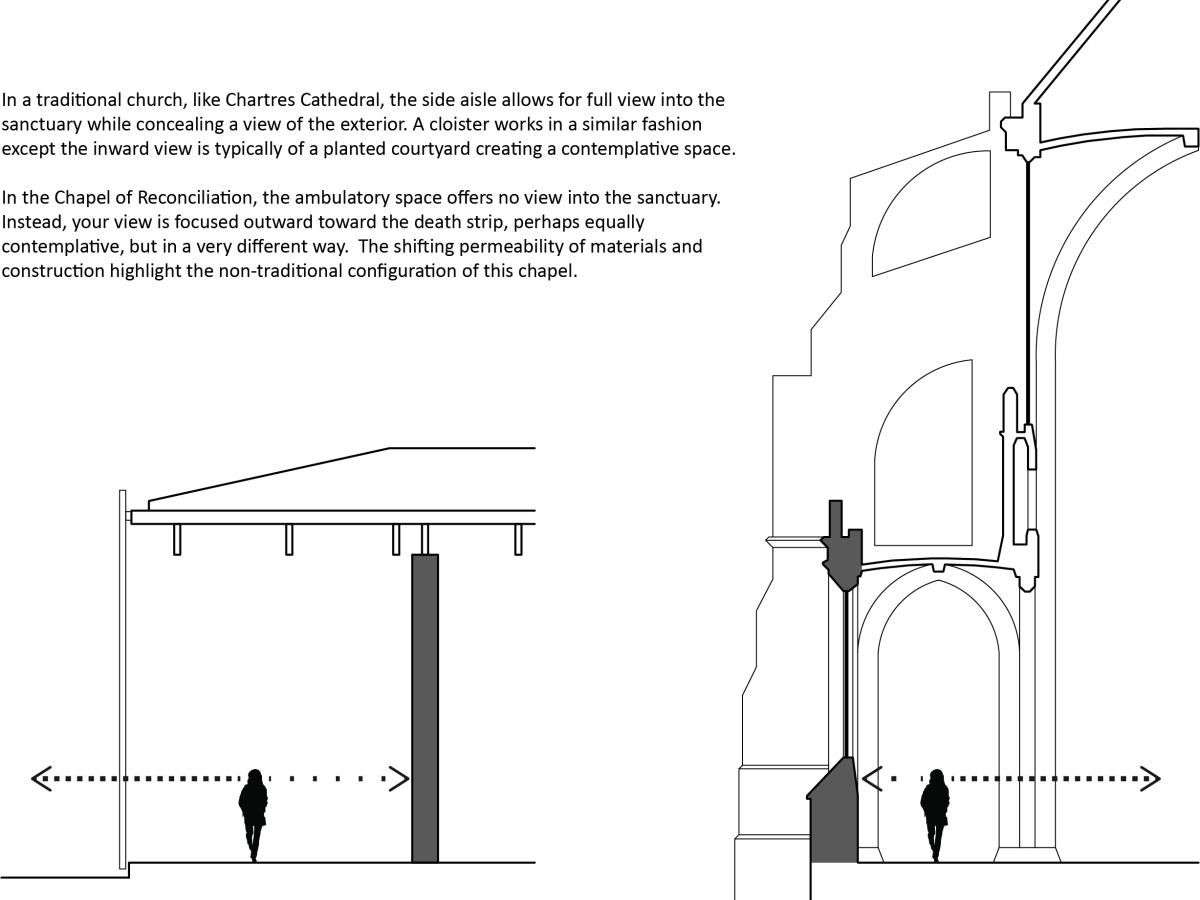
IAT | Chapel of Reconciliation | reitermann/sassenroth architekten
The play of contrasting materiality and permeability also create a space that differs from its traditional counterparts. The ambulatory can be seen as a “substitute for the arcaded or colonnaded side aisles of a conventional church. Yet unlike side aisles, it yields nothing of the interior of the nave or sanctuary for the visitor…”1 The…

IAT | Porciúncula La Milagrosa Chapel | Daniel Bonilla Arquitectos
The tectonic enclosure of Porciúncula La Milagrosa Chapel can be shifted back over the entry courtyard to the east all the way to the stone wall holding the chapel bell. This transformation, first, allows the nave to double in capacity. Second, the movement opens the sanctuary to the north towards the forest and to the…
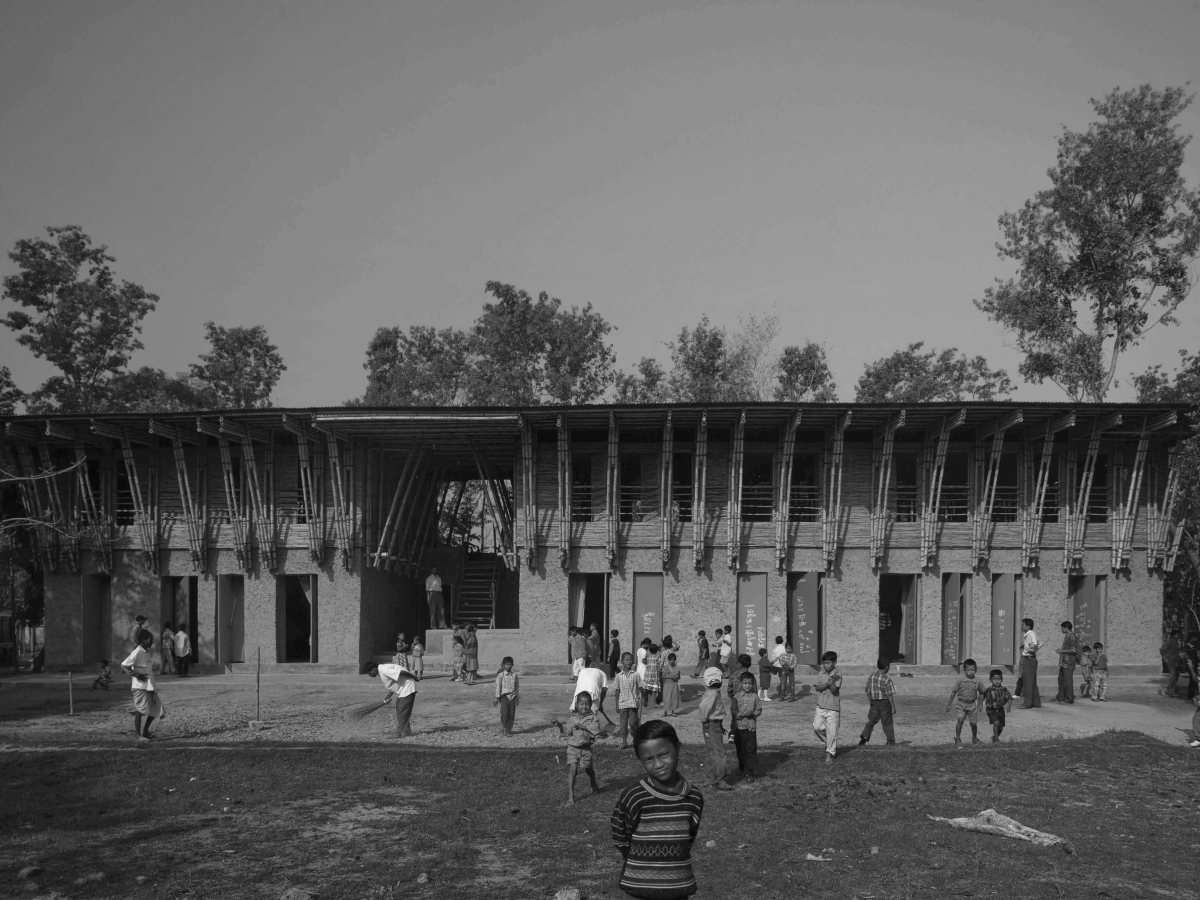
IAT | METI Handmade School | Anna Heringer and Eike Roswag
The design solution may not be replicable in other parts of the Islamic world, as local conditions vary, but the approach – which allows new design solutions to emerge from an in-depth knowledge of the local context and ways of building – clearly provides a fresh and hopeful model for sustainable building globally.1 Although mud…
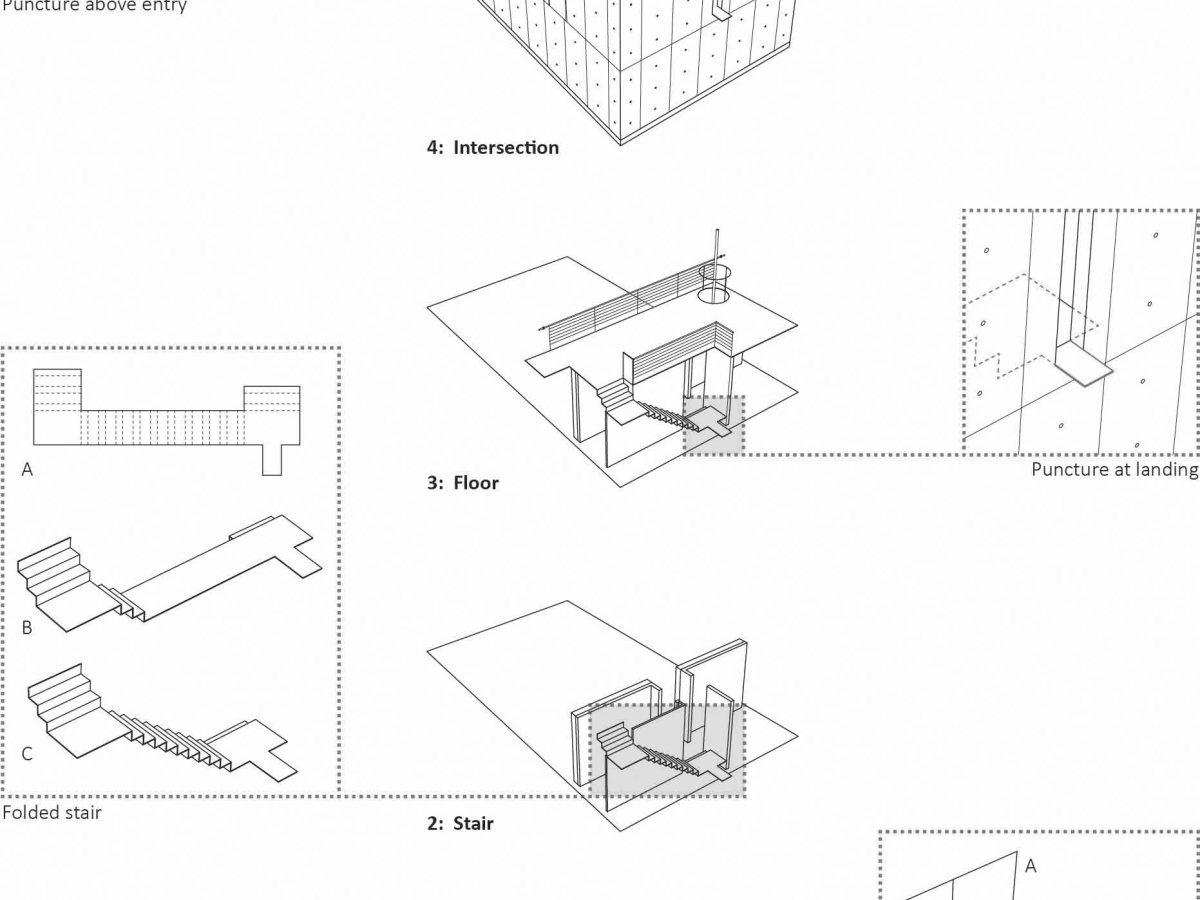
IAT | Brain Studio | Olson Kundig Architects
At several points in the Brain Studio, the folded steel loft intersects with the concrete perimeter wall, helping to both engage in a dialogue between the two elements and to project some of the interior conditions on to the exterior of the building. The first intersection occurs at the entry door. Directly above the door…
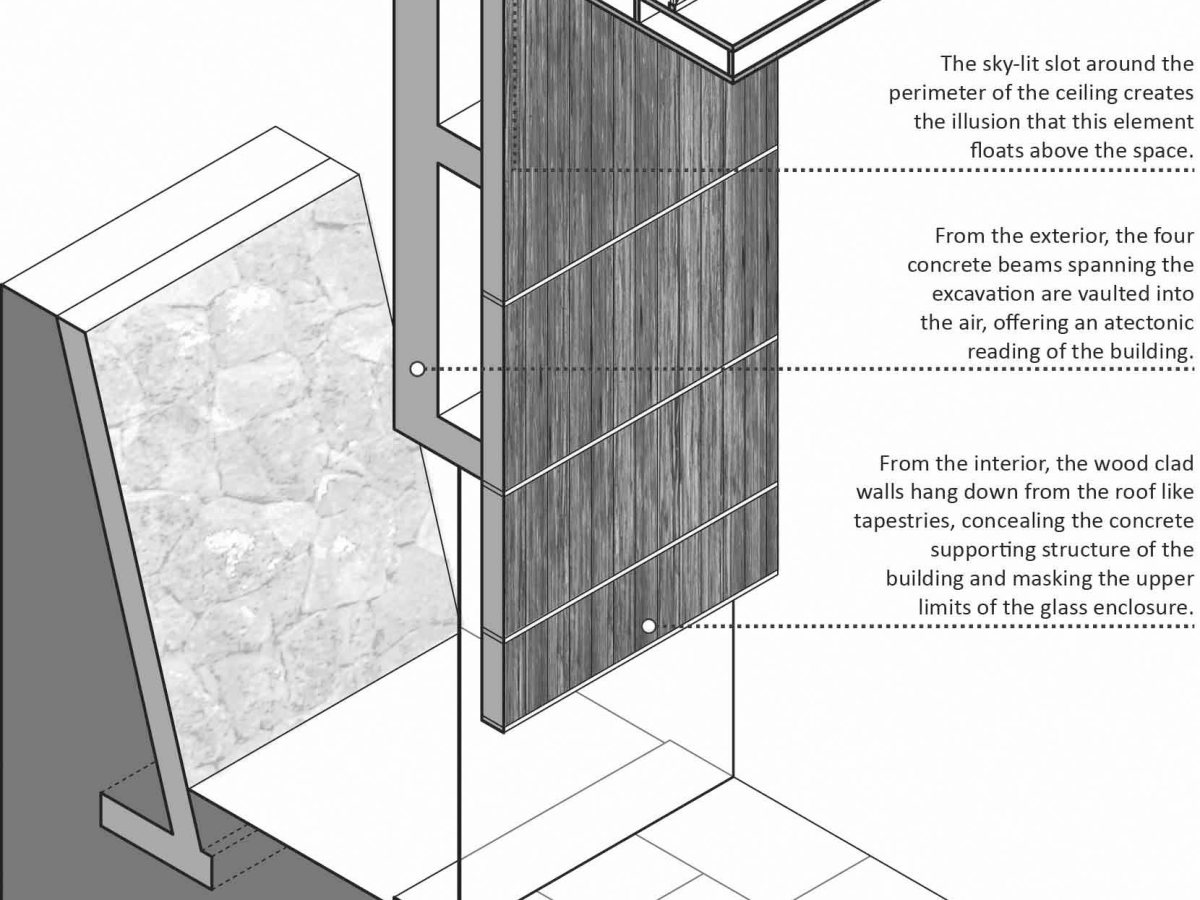
IAT | Chapel del Retiro | Undurraga Devés Arquitectos
In the Chapel del Retiro, the typically stereotomic mass of the building is vaulted into the air on foundation blocks. Mass is dematerialized and disconnected. The floating concrete walls create an unsettled perception of how the structure is supported. Undurraga exaggerated the effect by extending the concrete walls beyond their supports, creating a cantilever condition…

IAT | Lanxi Curtilage | Archi-Union
Building on a theme of abstracted nature, the patterning of the masonry of Lanxi Curtilage is derived from water. Disrupting the surface of water creates a pattern of ripples that roll across the surface. Archi-Union captured images of ripples in water and then developed “an algorithm that mimicked the transient behavior of water, which could…
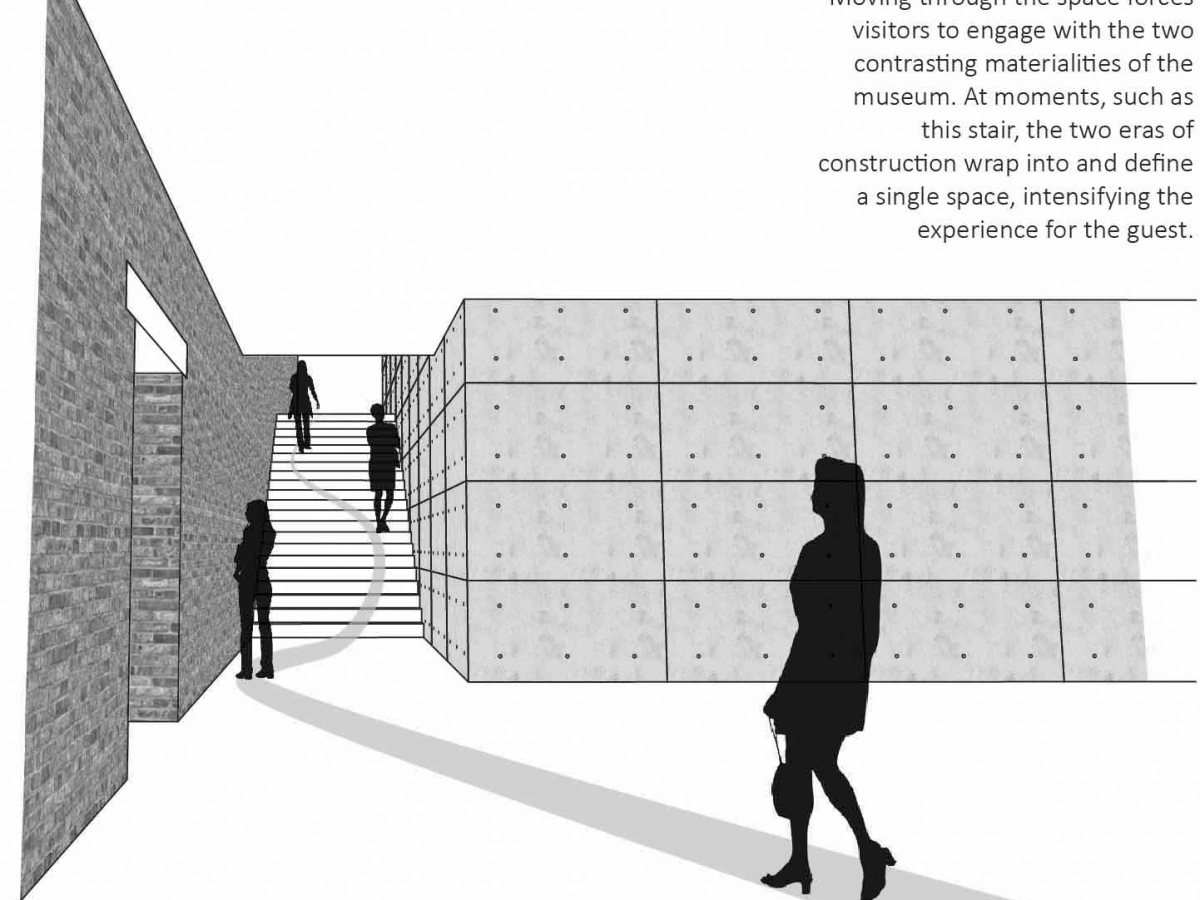
IAT | Punta della Dogana | Tadao Ando
The Punta della Dogana project required an intensive survey of the existing building, one that examined not just what the building was today, but what it was historically. After all, in order for the building to be returned to its original state, when that point was and what it included had to be determined. Much…

IAT | Museum of Roman Art | Rafael Moneo
Preserving the ruins below the building proved challenging for the design team. It was determined that a long span system would not work as the massive foundations required would do significant damage to the existing structures. Instead, small foundations were laced into the ruins at optimal points creating a system of arches that are less…
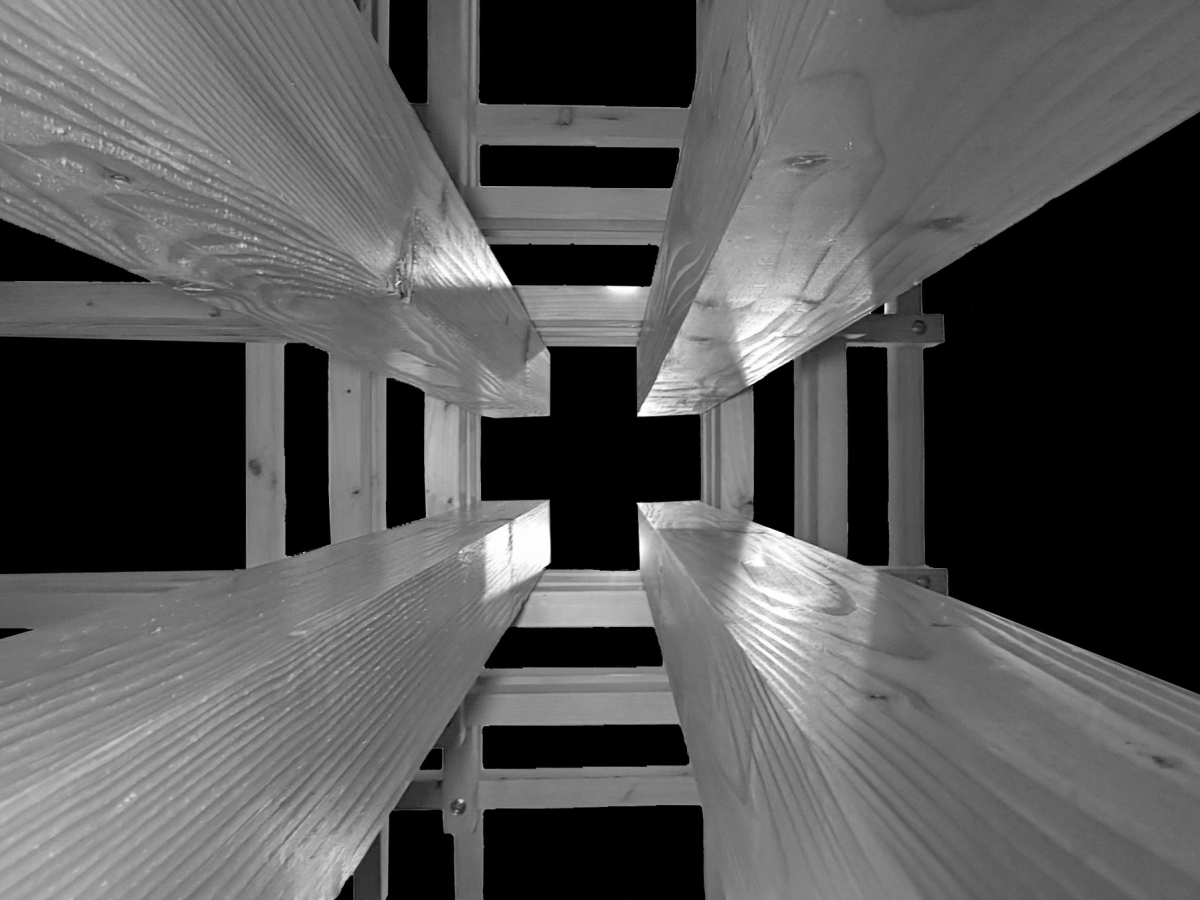
F17 | Investigating Architectural Tectonics
This semester, the students undertook the critical tectonic analysis of an architectural precedent, using my book Introducing Architectural Tectonics as a template. The final task of the semester was to utilize all of the research and the tectonic analysis of the precedent to develop an inspired built work. The nature of the construction was up…
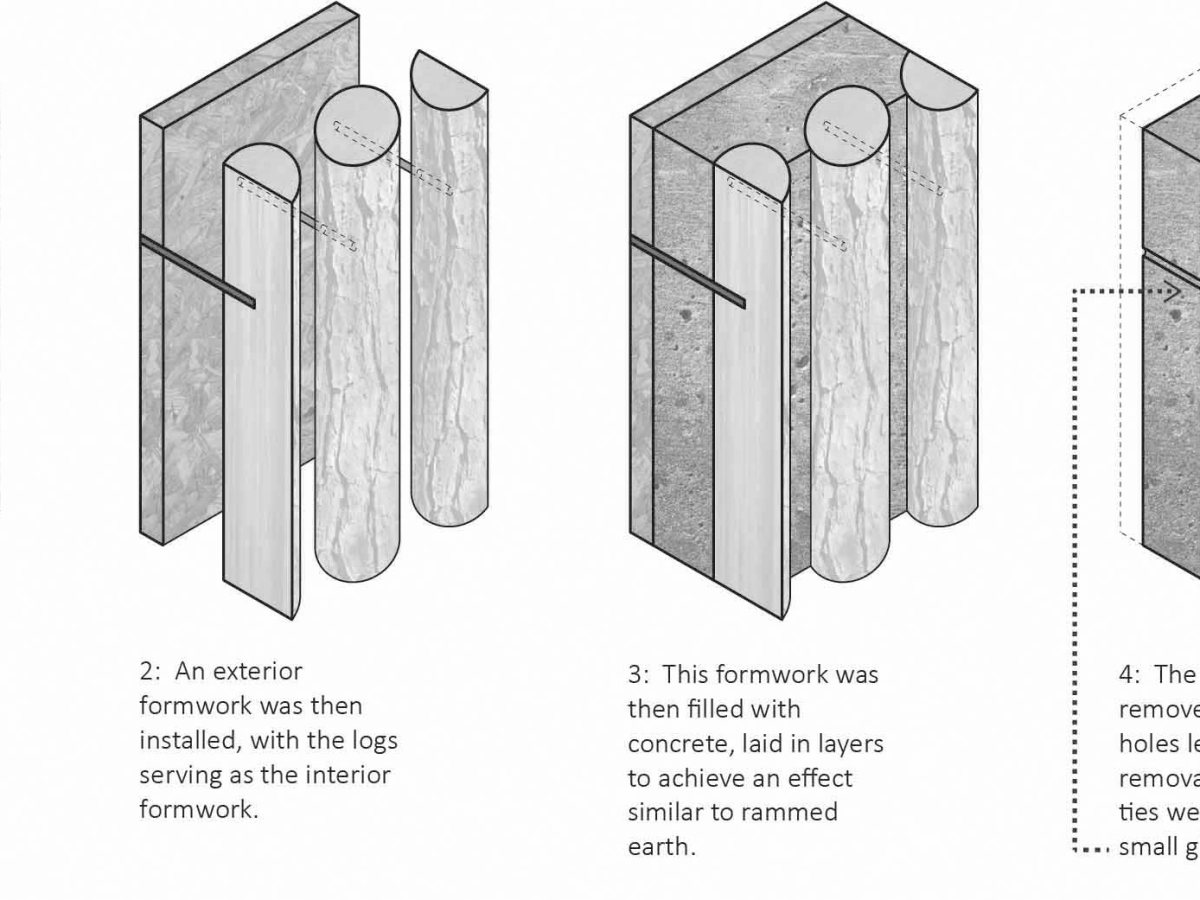
IAT | Bruder Klaus Field Chapel | Peter Zumthor
The concrete mass of Bruder Klaus can be characterized as the building of a mound, referring back to primitive construction methods.1 After finishing the formwork, the concrete was laid in twenty-four layers or lifts, each a separate pour. One lift was poured each day for twenty-four straight days, each with an approximate height of 50…
Loading…
Something went wrong. Please refresh the page and/or try again.








